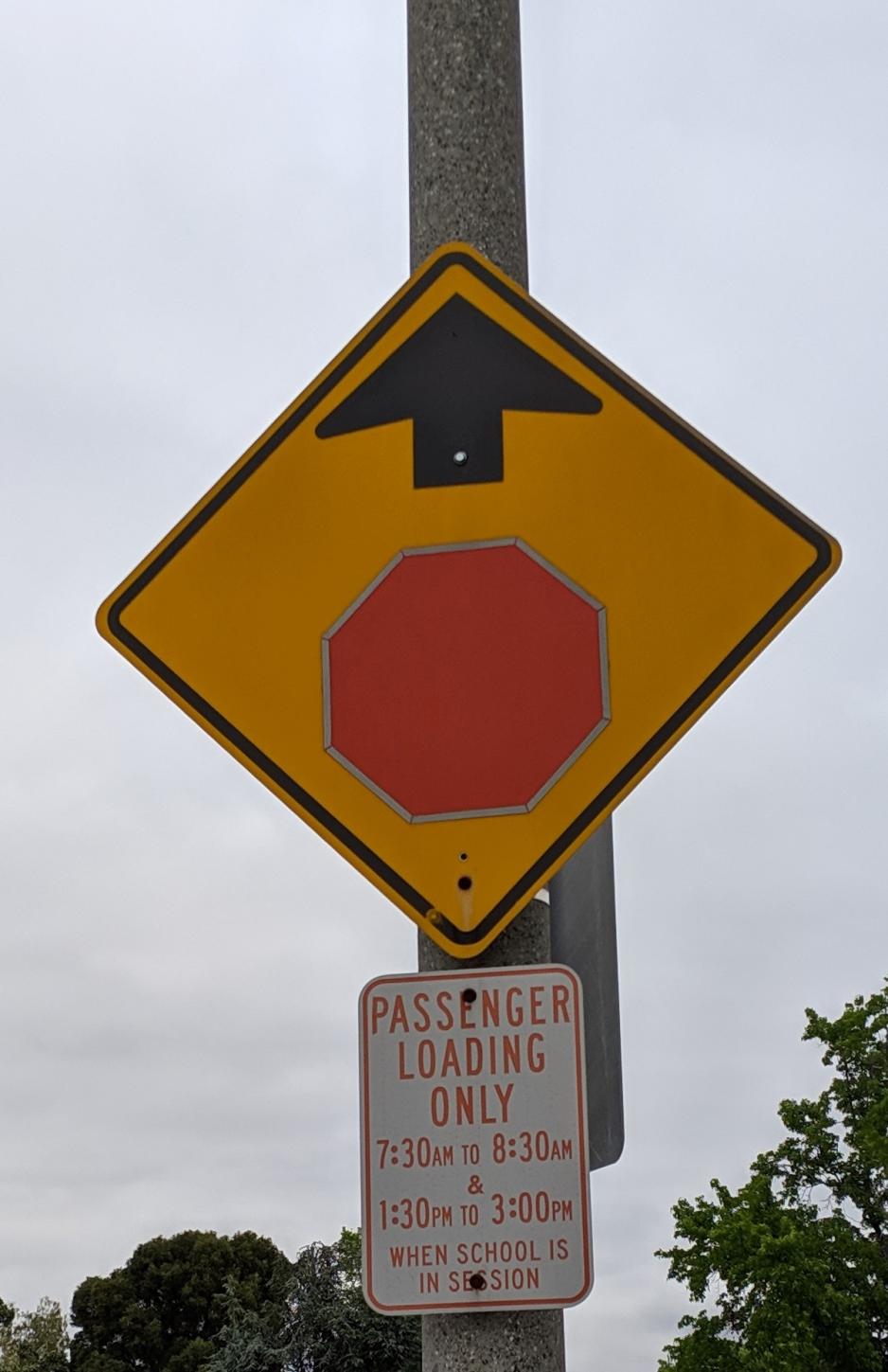Manage, expand, and diversify loading zones to promote efficient use of curb space to accommodate expanding demand in a post-pandemic environment.
Strategies include:
- Allow flexible loading curb zones to accommodate various types of loading, such as passenger loading, goods loading or curbside pick-up, and commercial loading; the allowance of different types of loading may vary based on time of day.
- Implement passenger pick-up and drop-off (PUDO) zones in areas with increased transportation network company (TNC) activity. Partner with TNCs to gain access to PUDO data to determine locations best suited for PUDO zones.
- Provide curb space for fuel-efficient or zero-emission vehicles, also called green loading zones, for food pick-up zones, and for shared micromobility storage.
- Expand the time use of loading curb zones to include weekends and evenings.
- Price commercial vehicle loading zones (CVLZs) to incentivize shorter stays.
- Integrate loading zones with on-street zones as part of a larger curb management strategy to ensure coordination between different uses of the curb space.
- Site loading curb zones based on data from in-person loading observations, parking occupancy observations, and merchant interviews/surveys.
Body
